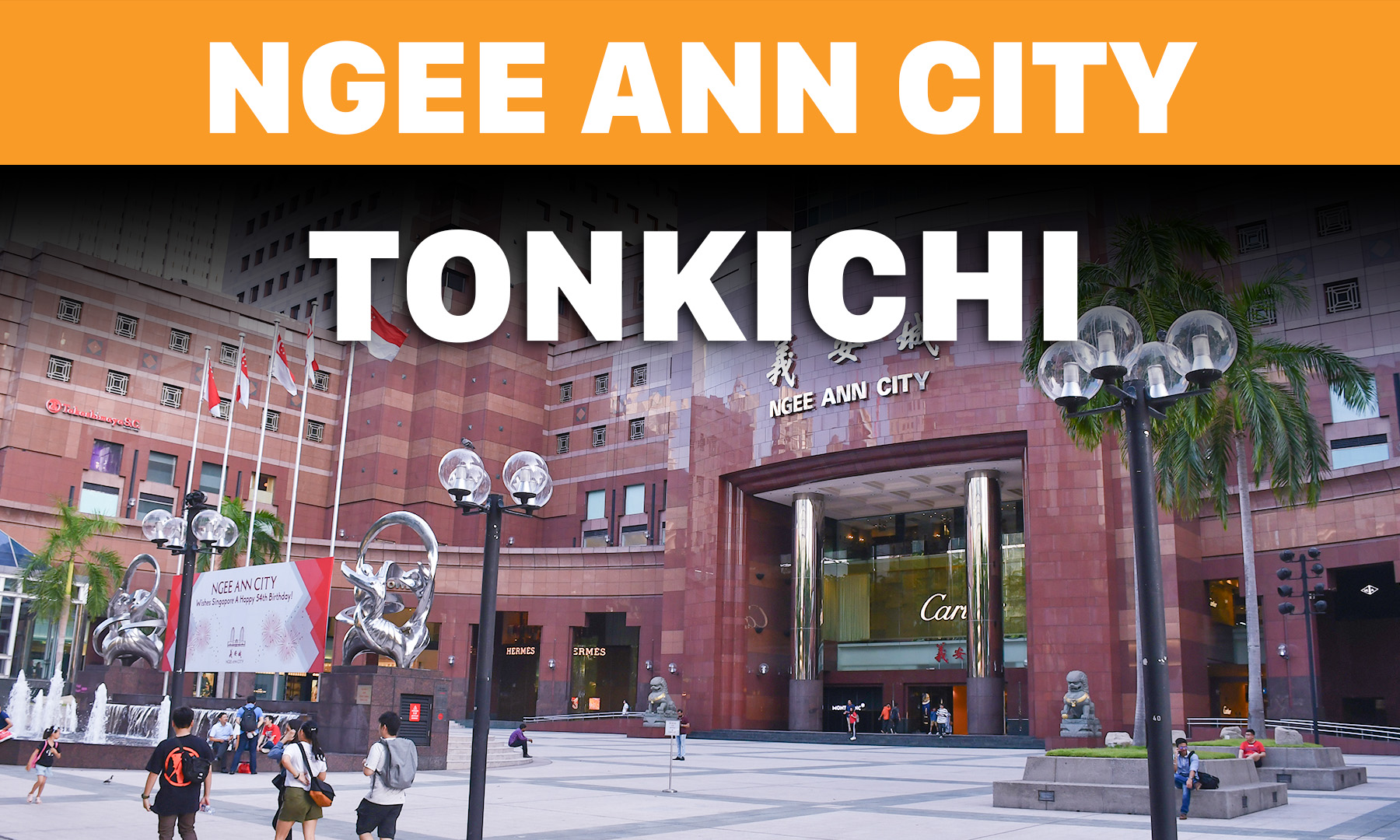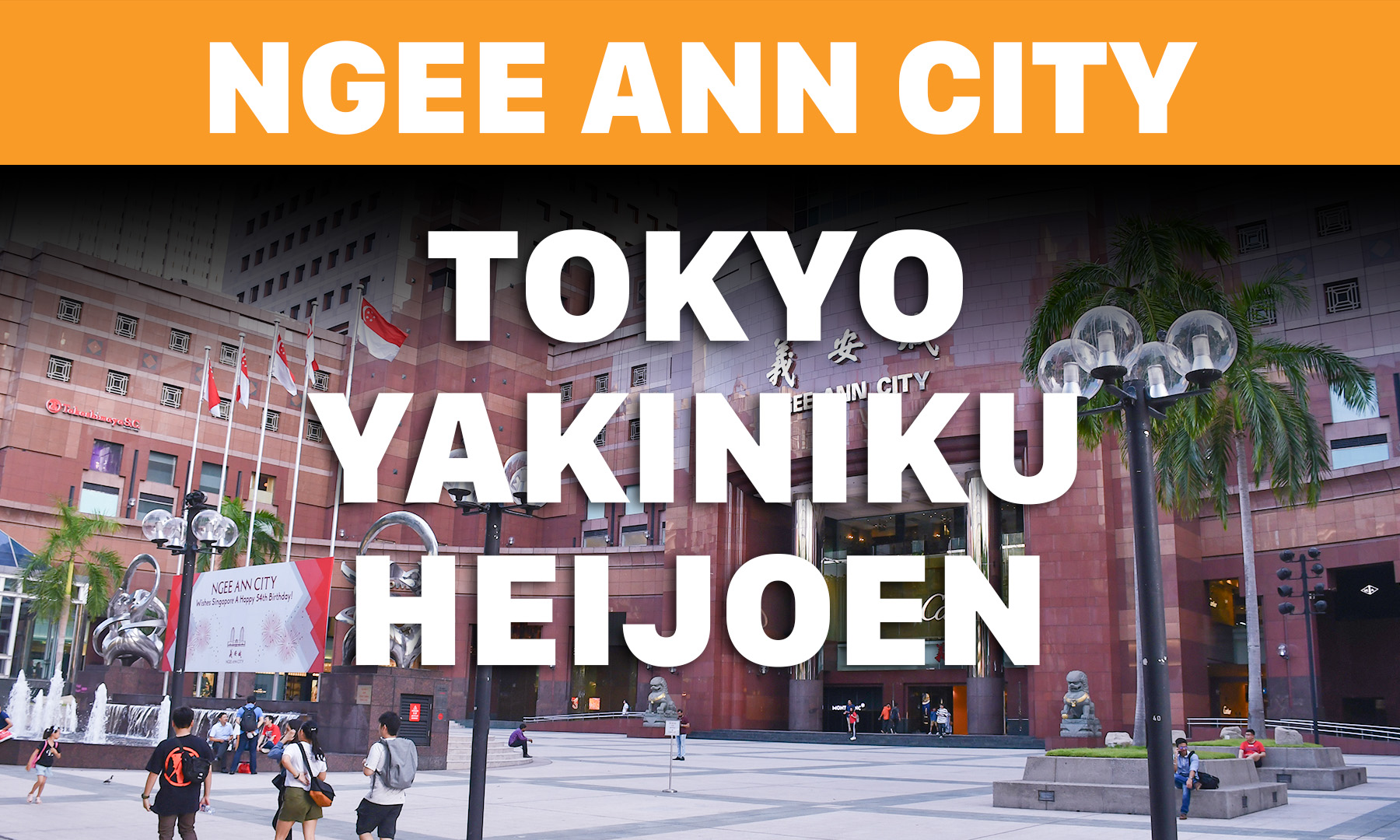Why Japanese Melons are Expensive?


Japanese melons are renowned for their exceptional quality and exorbitant prices, captivating fruit enthusiasts around the world. Several factors contribute to the high cost of Japanese melons, making them a luxury delicacy for those who appreciate the finest fruits. Here are some reasons why Japanese melons are so expensive:
- Impeccable Growing Conditions: Japanese melons are cultivated under meticulously controlled environments. Farmers employ precise techniques to create the perfect conditions for the melons to thrive. This includes temperature regulation, proper humidity levels, optimal sunlight exposure, and protection from pests. The dedication and attention to detail invested in their cultivation significantly impact the overall cost.
- Limited Supply: Japanese melons are produced in relatively small quantities compared to other melon varieties. This limited supply contributes to their exclusivity and drives up their prices. Additionally, farmers often engage in selective harvesting, meticulously handpicking only the highest-quality melons, which further reduces the overall yield.
- Labor-Intensive Cultivation: Growing Japanese melons requires a considerable amount of labor and time. Farmers meticulously tend to each melon, ensuring proper pruning, wrapping with protective covers, and individually inspecting them as they mature. The attention given to each melon during the cultivation process significantly increases the labor costs involved.
- Superior Quality and Taste: Japanese melons are renowned for their exceptional taste, texture, and sweetness. They are meticulously selected and harvested at the peak of ripeness, ensuring optimal flavor. The dedication to maintaining consistently high quality and exquisite taste contributes to their premium price.
- Gift Culture and Presentation: In Japanese culture, melons are often exchanged as luxurious gifts during special occasions and celebrations. The presentation of these melons is paramount, with elaborate packaging, individual labeling, and even personalized messages. The additional effort put into the presentation adds to the overall cost.
- Reputation and Branding: Certain regions in Japan, such as Yubari in Hokkaido, have established a reputation for producing top-quality melons. The branding associated with these regions adds to the desirability and premium value of the melons. Consumers are willing to pay a premium for melons that are known for their exceptional taste and origin.



While the high prices of Japanese melons may deter some, those who are willing to indulge in this luxury fruit are rewarded with an unrivaled culinary experience. The combination of impeccable growing conditions, limited supply, labor-intensive cultivation, superior quality, cultural significance, and branding all contribute to the allure and elevated price tag of Japanese melons.



































































































